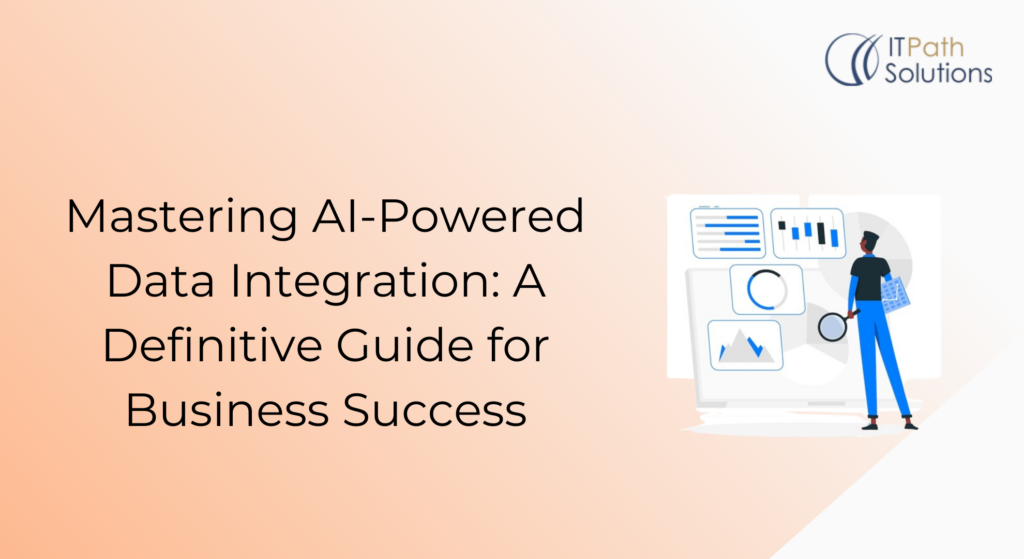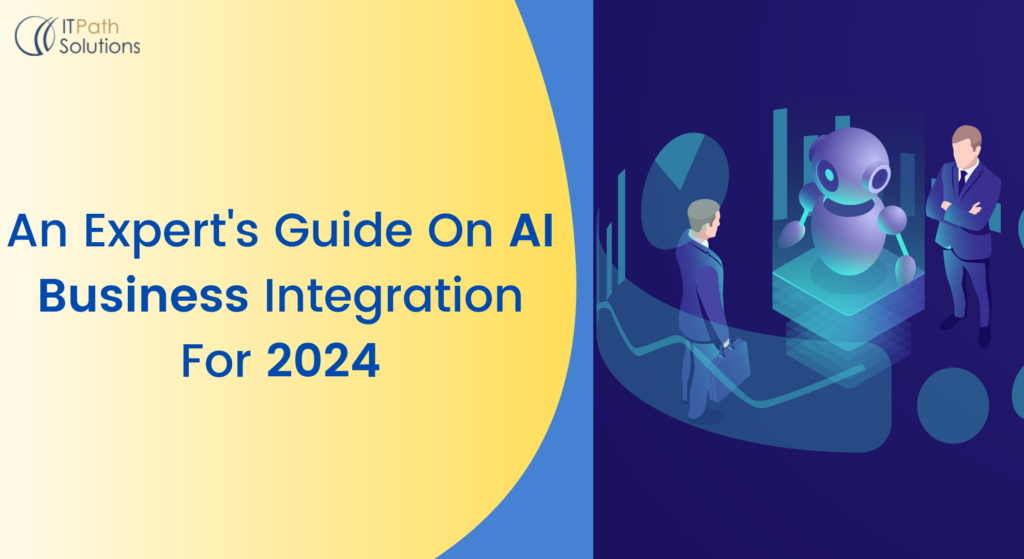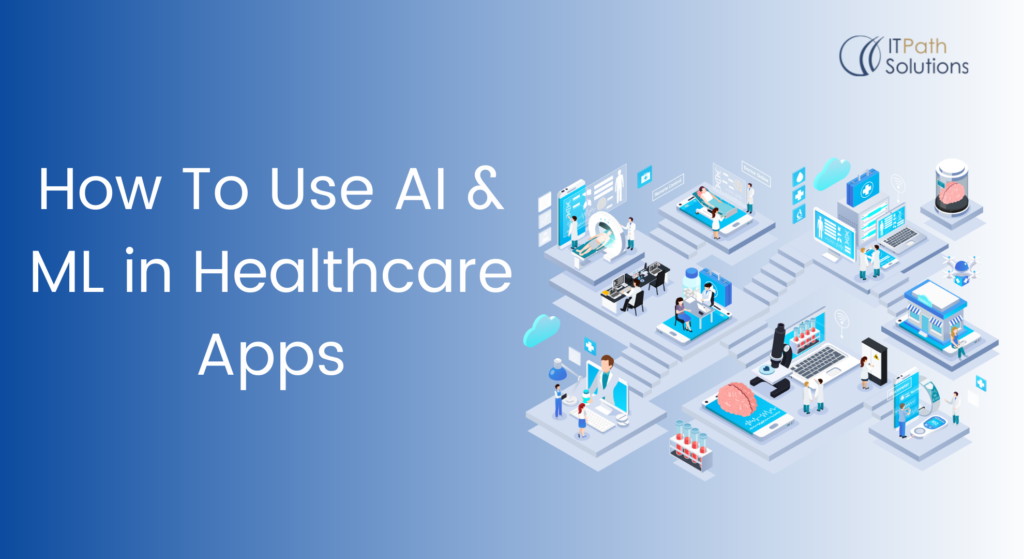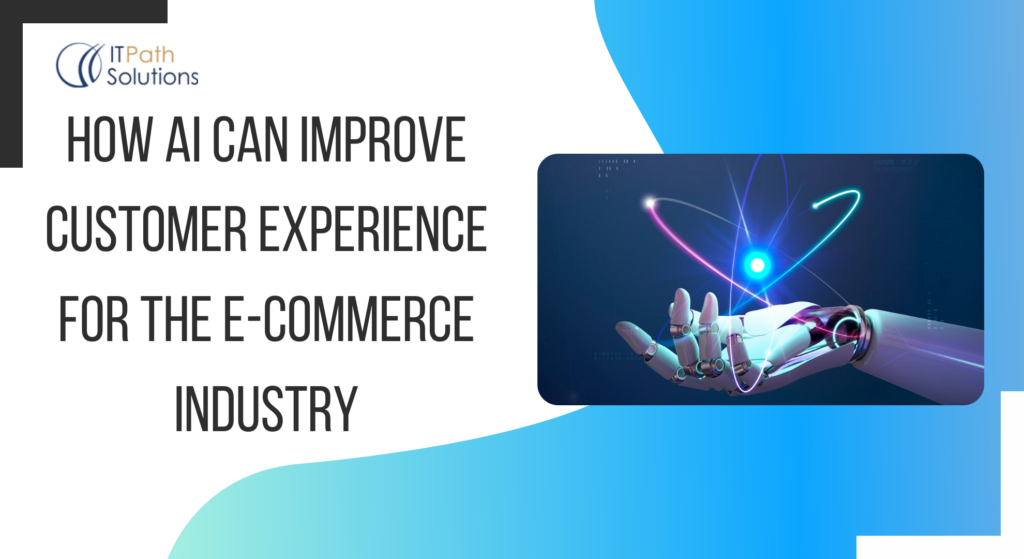A Comprehensive Guide To Integrate AI and ML with .NET Applications
Artificial Intelligence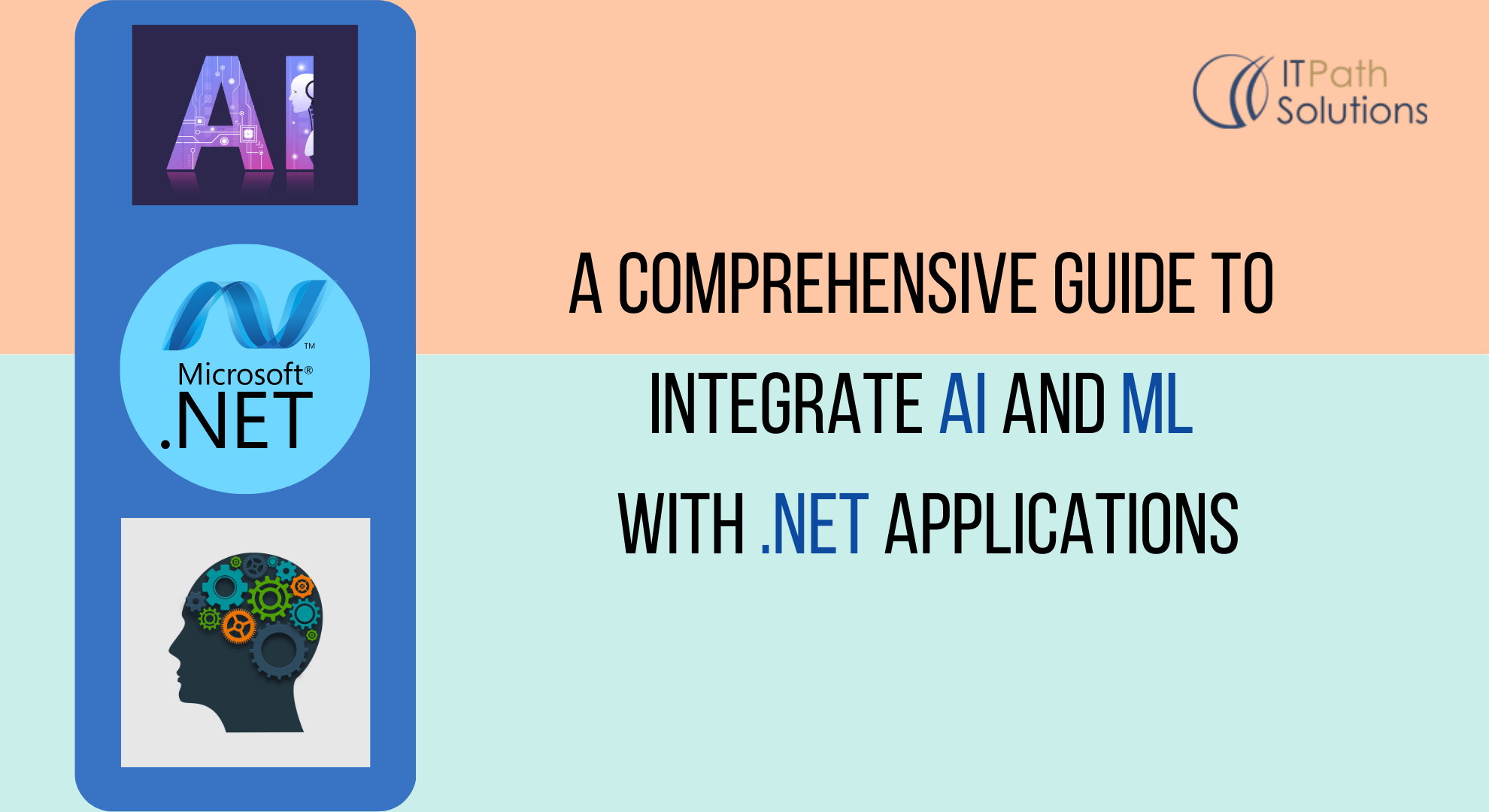
In this digital era, Artificial Intelligence (AI) and Machine Learning (ML) are becoming more prominent parts of digital operations. Every startup and enterprise wants to increase work efficiency and empower its IT ecosystem by integrating AI and ML with custom .Net applications and other enterprises level solutions. Here we described why you need to integrate AI and ML in .Net applications, how you can do it and the major use cases of AI and ML With .NET Applications.
What are the reasons to Implement AI and ML in .NET Applications?
There are several reasons to implement AI and machine learning (ML) in .NET applications, some of which include:
Improved accuracy and efficiency
AI and ML can automate repetitive tasks, improve data analysis and decision-making processes, and help to identify patterns and insights in large datasets. This can lead to more accurate and efficient results compared to manual processes.
Enhanced user experience
AI-powered .Net applications can provide more personalized experiences for users, such as predictive search results or personalized recommendations.
Predictive maintenance
AI and ML can be used to predict when maintenance is required for equipment and systems, reducing the need for manual monitoring and allowing organizations to proactively address potential problems.
Fraud detection
With Integrating AI and ML features in .Net can be used to identify and prevent fraudulent activity, such as credit card fraud, identity theft, and other types of financial fraud.
Chatbots and virtual assistants
AI-powered chatbots and virtual assistants can provide instant support to customers and employees, reducing the need for human support staff.
The .NET framework provides a comprehensive platform for building and deploying AI and ML applications, including support for popular AI and ML features, libraries, frameworks, and tools. This makes it easier for developers to add AI and ML capabilities to their .NET applications. Overall, implementing AI and ML in .NET applications can help organizations to improve the accuracy, efficiency, and user experience of their applications, while also providing new opportunities for innovation and growth.
How to Integrate AI and ML into .NET Applications?
There are several steps to integrating AI and machine learning (ML) into .NET applications:
Identify the use case
Start by identifying the specific problem that you want to solve with AI and ML. This will help you to determine the type of algorithm or model that you will need to build and the data that you will need to train it on.
Gather and prepare data
In order to train an AI or ML model, you need to have a large and diverse dataset. This data must be cleaned, organized, and formatted in a way that is suitable for training.
Choose the right tool or library
There are many AI and ML libraries and frameworks available for Microsoft .NET developers, such as TensorFlow, PyTorch, and ML.NET. Choose the tool or library that best suits your needs based on the type of problem you are solving and your existing technical expertise.
Train the model
Once you have your data prepared and your tool or library selected, you can begin training the AI or ML model. This involves using the data to teach the model how to make predictions or decisions based on new input data.
Evaluate the model
After training the model, you need to evaluate its accuracy and performance. This will help you to identify any issues or areas for improvement and to ensure that the model is working correctly.
Integrate the model into your .NET application
Once you have a well-trained and accurate AI or ML model, you can integrate it into your .NET application. This involves using the appropriate API or library to make predictions or decisions based on new input data.
Monitor and improve the model
Once the AI or ML model is integrated into your application, you should regularly monitor its performance and make improvements as needed. This may involve updating the model or retraining it on new data.
Regular Updates
AI and ML models often require updates to stay accurate. Regularly retrain and update your models with new data to improve their performance.
Overall, integrating AI and ML into .NET applications requires a combination of technical skills, data preparation and analysis, and continuous improvement. However, the .NET framework provides a comprehensive platform for building and deploying AI and ML applications, making it easier for developers to add these capabilities to their applications.
AI and ML Libraries and Frameworks Compatible with .NET
There are several AI and machine learning (ML) libraries and frameworks that are compatible with the .NET framework, some of the most popular ones include:
TensorFlow
TensorFlow is an open-source machine learning framework that is widely used for building and deploying AI models. TensorFlow offers a comprehensive set of tools for building and training complex machine learning models.
PyTorch
PyTorch is a popular open-source machine learning library that provides a simple and intuitive interface for building and training AI models. It is widely used in computer vision, natural language processing, and other AI applications.
ML.NET
ML.NET is an open-source, cross-platform machine learning framework developed by Microsoft. It provides a set of APIs and tools for building and deploying AI models in .NET applications.
CNTK
The Microsoft Cognitive Toolkit (CNTK) is an open-source deep learning framework that provides a set of tools for building and training complex AI models.
Accord.NET
Accord.NET is a .NET Machine Learning framewor, offering a wide range of algorithms and resources to develop and implement artificial intelligence models efficiently. It provides a comprehensive suite of tools to facilitate the creation and deployment of AI models within the .NET ecosystem.
AForge.NET
AForge.NET is an open-source framework for computer vision and artificial intelligence that provides a set of algorithms and tools for building and deploying AI models in .NET applications.
These are just a few of the many AI and ML libraries and frameworks that are compatible with the .NET framework. Choosing the right tool for your project will depend on the specific requirements and goals of your application, as well as your existing technical expertise and experience.
A Major Use Cases of AI and ML With .NET Applications
There are many use cases for AI and machine learning (ML) in .NET applications, including:
Predictive maintenance
AI and ML can be used to predict when maintenance is required for equipment and systems, reducing the need for manual monitoring and allowing organizations to proactively address potential problems.
Fraud detection
AI and ML can be used to identify and prevent fraudulent activity, such as credit card fraud, identity theft, and other types of financial fraud.
Chatbots and virtual assistants
AI-powered chatbots and virtual assistants can provide instant support to customers and employees, reducing the need for human support staff.
Image and video recognition
AI and ML can be used to recognize and classify images and videos, such as recognizing people or objects in photographs.
Natural language processing
AI and ML can be used to analyze and understand human languages, such as for sentiment analysis or text classification.
Recommender systems
AI and ML can be used to build recommender systems that provide personalized recommendations to users based on their preferences and behavior.
Predictive analytics
AI and ML can be used to analyze data and make predictions about future trends, such as sales trends or customer behavior.
Speech recognition
AI and ML can be used to recognize and transcribe speech, such as for voice-controlled applications.
These are just a few examples of the many use cases for AI and ML in .NET applications. The specific use case will depend on the requirements and goals of the application, as well as the data and resources available.
Conclusion
The world of software development is constantly growing with it’s tools and technologies. One of the newest trends in software development is the integration AI and ML with .NET applications that can bring many benefits and a valuable investment for organizations and users, providing a competitive advantage and enabling them to stay ahead in a rapidly evolving digital landscape. Finally, AI and ML can help enterprises to create more efficient and productive .Net applications that will increase business growth. Are you looking to integrate AI and ML with .Net Applications.? Hire .Net developers from Us to create .Net applications more innovative, proactive, and more intelligent.
 Healthcare
Healthcare  Education
Education  Real Estate
Real Estate  Logistic
Logistic  Fitness
Fitness  Tourism
Tourism  Travel
Travel  Banking
Banking  Media
Media  E-commerce
E-commerce  Themes
Themes
 Plugins
Plugins
 Patterns
Patterns
